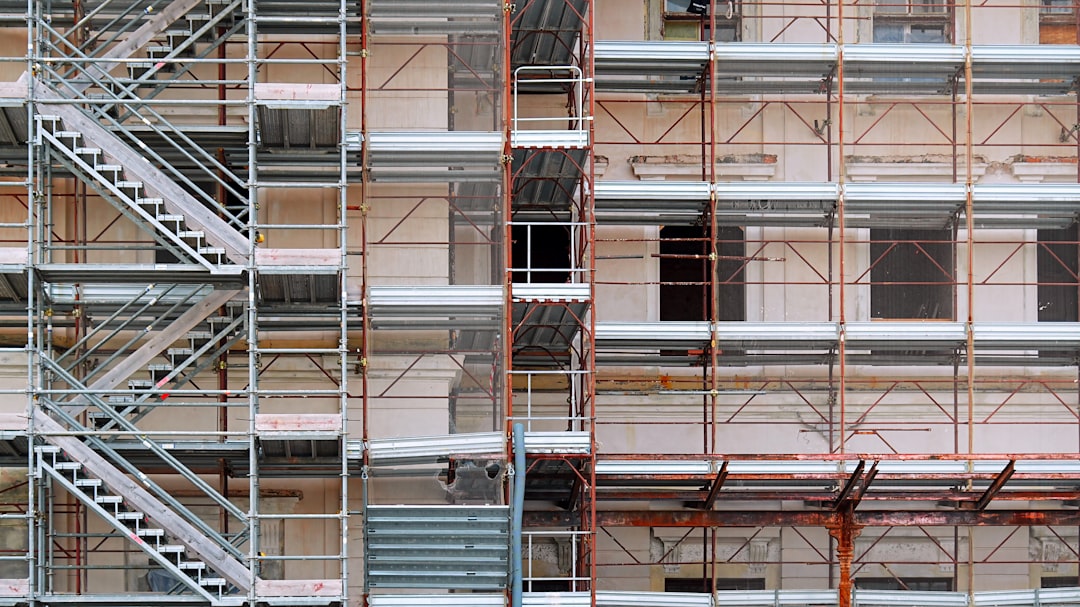
When you break ground on a new home, the very first challenge is shaping the site so the slab, basement, or crawl space sits on stable, level soil. That shaping process—cutting away high spots and filling low areas—is called cut and fill. Get it wrong and you battle drainage issues, cracked foundations, and blown budgets. Get it right and every follow-on trade works faster and safer. CountBricks has made it our mission to simplify cut and fill for residential builders by combining field-tested workflows with AI-powered estimating and live material pricing.
Cutting removes soil or rock to lower an area to the project’s design elevation. On a sloped block this usually happens toward the back of the lot, but each plan is unique. The volume you cut has a direct impact on haul-off costs and schedule, so accuracy at tender stage is critical.
Filling brings in—or relocates on-site—soil to raise low spots. Fill must be placed in engineered layers and compacted to meet geotechnical specs. Over-filling wastes material; under-filling leads to costly re-work once framing crews arrive.
• Precise volume calculation
• Real-time material pricing
• Optimised haul routes
CountBricks integrates all three pillars inside one voice-driven interface. While you walk the site or review digital blueprints, our AI captures your spoken measurements and instantly calculates cut and fill volumes. Material prices are pulled live from local suppliers, and haul distances are generated through GIS mapping. The result is a rock-solid estimate you can sign off with confidence.
1. Import PDF or DWG plans into CountBricks Takeoff
2. Mark existing and proposed contours using simple voice commands
3. Confirm soil type from the geotechnical report; CountBricks adjusts swell/shrink factors automatically
4. Review AI-calculated volumes for cut, fill, and net export
5. Approve haul routes and disposal sites suggested by the platform
6. Generate a full cost breakdown—equipment, labour, cartage, and compaction—in seconds
7. Export the branded quote document or schedule tasks directly to your site team
A boutique builder in the Adelaide Hills recently faced a 3 m slope across a 600 m² lot. Traditional manual takeoffs projected 210 m³ of export. After running the same plans through CountBricks, the AI recommended re-balancing on-site material and showed only 40 m³ of export. The revised plan saved:
• AU$9,400 in haul-off fees
• Two full truck days on site
• One week in the programme
That margin went straight back into the builder’s pocket and protected the homeowner’s timeline.
Even the best foundation fails if water has nowhere to go. CountBricks templates include allowances for sub-soil drainage, swales, and retaining walls, ensuring your cut and fill design supports long-term performance.
Boundary setbacks and fence lines can restrict machinery access. Our AI flags tight access points and auto-loads compact equipment rates so your quote stays realistic.
Local councils may cap allowable export volumes. CountBricks highlights these limits and suggests on-site balancing or lightweight structural fill options when necessary.
• Stake cut/fill limits with bright paint before machinery arrives—clear visuals reduce over-excavation.
• Moisture-condition fill layers to achieve compaction spec without excessive roller passes.
• Shoot before-and-after drone photos and upload to CountBricks.com/portfolio to document compliance.
• Keep a daily voice log in the CountBricks mobile app; it syncs with the original estimate for effortless variation tracking.
• Guessing bulk density: Our material database adjusts for local soil classes.
• Forgetting backfill around retaining walls: Templates automatically include volume and labour.
• Ignoring weather delays: CountBricks schedules equipment with built-in rain-day contingencies.
• Under-estimating disposal fees: Live tip-site pricing feeds straight into the quote.
Ready to streamline your next residential earthworks package? Explore CountBricks.com/services for a demo, or jump straight into a free trial and let our AI handle the maths while you focus on higher-value tasks.

Seasoned supervisors know that every cubic metre moved twice is pure waste. CountBricks helps eliminate double handling by modelling multiple scenarios in seconds. Want to compare a split-level slab against a full bench excavation? Just toggle between design layers and watch the cost deltas update in real time.
• CountBricks analyses access widths, slope angles, and target production rates to recommend the ideal combo of excavators, skid steers, and rollers.
• Hourly hire rates and mobilisation costs are drawn from your pre-loaded supplier list, so budgeting stays local and accurate.
• If weather forecasts predict rain, the platform automatically flags low-ground-pressure machines to minimise bog-downs.
Regulations increasingly demand proof of in-situ density. By pairing CountBricks’ task scheduler with Bluetooth plate compactor meters, you receive live compaction readings back in the office. The data auto-attaches to the original takeoff, creating an indisputable audit trail for building certifiers.
On a tight 12 m frontage in Melbourne’s inner north, our client needed basement parking without disturbing neighbouring footings. CountBricks simulated underpinning walls, calculated 580 m³ of cut, and sequenced the pour in three zones to keep excavation clearances safe. The builder avoided costly shoring delays and shaved 14 days off programme.
Because CountBricks maintains a single source of truth from earthworks through framing, any downstream change—say, thicker slab reinforcement—triggers an alert to revisit fill levels and sub-grade compaction. That closed loop prevents nasty surprises once concrete trucks roll in.
CountBricks stands at the intersection of boots-on-ground know-how and cutting-edge technology. Book a live walkthrough at CountBricks.com/consultation and see how effortless cut and fill management can be.